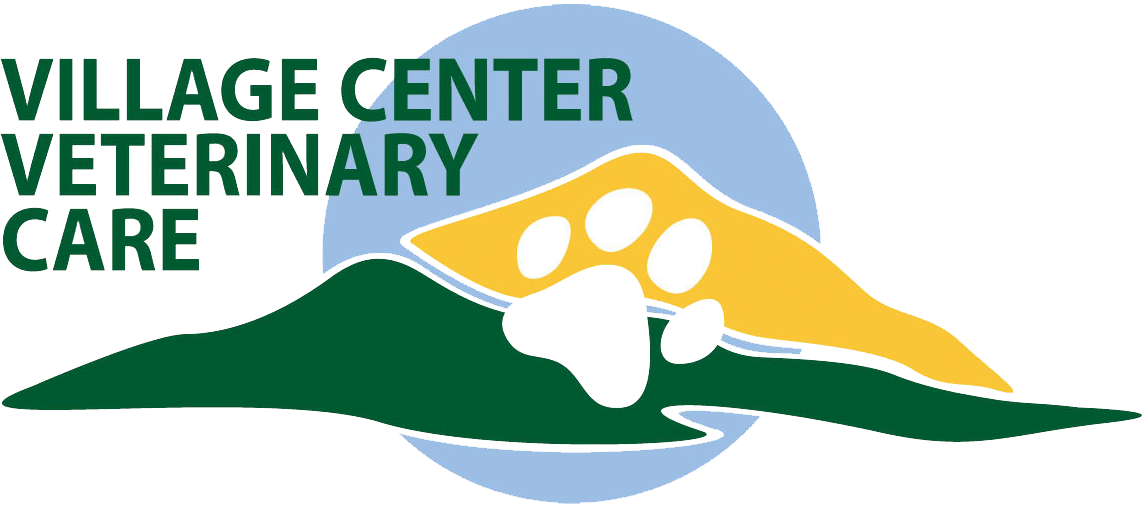The snow beavers are coming! Every year, immediately after the first snow of an inch or more, we get a flood of dogs coming in with lacerations on their feet. When owners puzzle over what caused the cut one of our technicians would be quick to tell them that it was a particularly aggressive type of wildlife known as the Snow Beaver. As it turns out the culprit is almost always metal lawn edging. When the snow covers it dogs cannot see it to avoid it and often end up with severe injuries to their feet and legs. Lawn edging must have been created by a diabolical veterinarian to bring in more business, because without it we would probably see 80% fewer feet and legs to sew up.
Snow Beaver wounds can be quite dramatic. Of course if there is blood squirting everywhere and general pandemonium you should bandage the wound with something and beeline straight to the veterinarians for a more definitive surgical repair. If you are confronted with a cut that is less melodramatic you may want to take a little time for some first aid. Here are some of the things that work and don’t work for home treatment of minor wounds. My first advice to anyone wanting clean and dress a wound is to take one bottle of hydrogen peroxide and dump it down the drain. Hydrogen peroxide has next to zero antibacterial effect. It also stings, and is very caustic to tissue, thus slowing wound healing. Plain old tap water effectively washes dirt and debris from a wound. If a dog needs to have infection controlled, oral antibiotics from your veterinarian will actually work and will not require dog torture. If you really want to put something topical on the wound Neosporin works fairly well and will not be damaging to the wound or the healing process. The problem with anything topically applied to a veterinary patient is that it draws attention to the area and usually results in the patient being unable to rest until every trace of it has been licked off. Neosporin is not nearly so effective when it ends up topically applied to the tongue rather than the wound, but it won’t be toxic unless ingested in extreme amounts.
Preventing licking and chewing at the problem site is usually necessary. Although E-collars could be considered medieval torture devices for both pets and owners, biting the bullet in the short term often results in better, faster healing. Bandages are helpful sometimes, but they can be tricky to work thanks to a variety of factors that my comrades in the human medical field probably never have to think about. A bandage that is too loose just slides off, a bandage that is too tight could result in loss of the limb below the constriction in a worst case scenario, and a perfectly applied bandage is sure to be immediately ingested by the dog and require surgical extraction from his small intestine. Dogs will often lick the outside of a bandage, so pay attention to whether the bandage is soaked with saliva. Wet bandage material sitting against the skin for days tends to result in superficial skin infections which are maddeningly itchy and result in more licking and chewing. There are some tricks to bandaging dogs, and if it is something you will need to do for a while it may be helpful to have a veterinarian show you how to increase your chances of success. By the way, bandage material purchased at pet supply places tends to be considerably less expensive than the same stuff from human pharmacies.
You may feel tempted to give your dog some over the counter anti-inflammatory medication to help with the pain. There are some human products that dogs can tolerate, but do you know which they are and what an appropriate dose for your pet is? It is important to know that dogs metabolize most of those drugs differently than people do. That ibuprofen that lasts for six hours in your body lasts for eighty hours in your dog’s body. After three days of ibuprofen you are running a significant risk of causing a perforating stomach ulcer or liver and kidney failure. Always ask your veterinarian before giving over the counter medications.
Whatever you do, don’t pull up that lawn edging. Without it the natural habitat for the Snow Beaver will be destroyed and without laceration repairs to keep them busy, mobs of bored veterinarians may be left to roam the streets. Not a pretty thought, is it.

